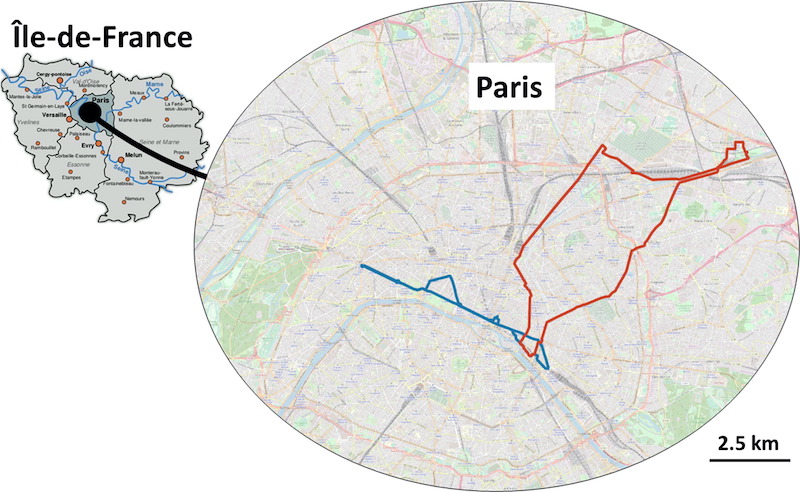A methodology for the characterization of portable sensors for air quality measure with the goal of deployment in citizen science
Baptiste Languille, Valérie Gros, Nicolas Bonnaire, Clément Pommier, Cécile Honoré, Christophe Debert, Laurent Gauvin, Salim Srairi, Isabella Annesi-Maesano, Basile Chaix & Karine Zeitouni. A methodology for the characterization of portable sensors for air quality measure with the goal of deployment in citizen science. Science of the Total Environment. 22 November 2019. https://doi.org/10.1016/j.scitotenv.2019.134698
Abstract
The field of small air quality sensors is of growing interest within the scientific community, especially because this new technology is liable to improve air pollutant monitoring as well as be used for personal exposure quantification. Amongst the myriad existing devices, the performances are highly variable; this is why the sensors must be rigorously assessed before deployment, according to the intended use. This study is included in the Polluscope project; its purpose is to quantify personal exposure to air pollutants by using portable sensors. This paper designs and applies a methodology for the evaluation of portable air quality sensors to eight devices measuring PM, BC, NO2 and O3. The dedicated testing protocol includes static ambient air measurements compared with reference instruments, controlled chamber and mobility tests, as well as reproducibility evaluation. Three sensors (AE51, Cairclip and Canarin) were retained to be used for the field campaigns. The reliability of their performances were robustly quantified by using several metrics. These three devices (for a total of 36 units) were deployed to be worn by volunteers for a week. The results show the ability of sensors to discriminate between different environments (i.e., cooking, commuting or in an office). This work demonstrates, first, the ability of the three selected sensors to deliver data reliable enough to enable personal exposure estimations, and second, the robustness of this testing methodology.

Fig. 1. Routes for the mobility tests (plotted in red and blue). Sources: actualitix, and OpenStreetMap (modified). (For interpretation of the references to colour in this figure legend, the reader is referred to the web version of this article.)
Keywords
Paris region, Black carbon, Nitrogen oxides, Particulate matter, Personal exposure, Mobile measurements
Highlights
- Small sensors for personal exposure monitoring are of questionable accuracy.
- A robust methodology was designed and used to select and assess sensors.
- Eight portable sensors were tested, three (AE51, Cairclip, Canarin) were selected.
- The sensors were approved for personal exposure monitoring (BC, NO2, PM)
- First results from a feasibility campaign involving 15 volunteers are presented.
